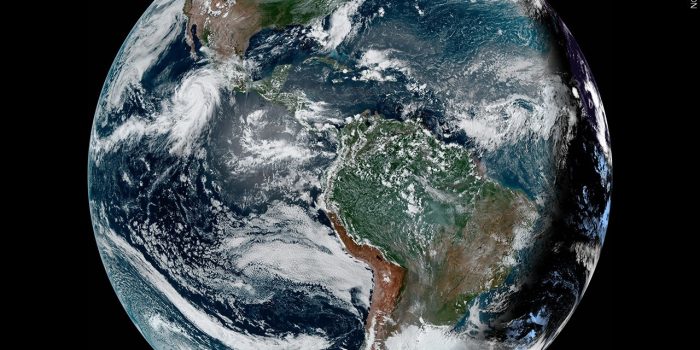A recent analysis conducted by 29 scientists from eight different countries paints a worrying picture of the state of our planet’s health.
The study evaluates nine interconnected “planetary boundaries” crucial for maintaining a stable and habitable Earth. These boundaries encompass various factors such as climate change, biodiversity, freshwater availability, land use, and synthetic chemicals. Alarming findings indicate that human activities have breached safe levels for six of these boundaries, pushing the planet beyond what is considered a “safe operating space” for humanity.
The concept of planetary boundaries was first introduced in 2009 as a framework to define limits on human-induced changes to the Earth. The idea behind these boundaries is to establish thresholds beyond which the risk of destabilizing conditions on Earth dramatically increases. These boundaries are deliberately conservative to provide society with an opportunity to address issues before they escalate to a critical level.

The study highlights that six of the nine planetary boundaries have been crossed due to human actions. These breaches encompass climate change, biodiversity loss, freshwater scarcity, land use changes, and the effects of synthetic chemicals and aerosols. Even two of the remaining three boundaries that are still within safe limits—ocean acidification and aerosol levels in the atmosphere—are moving in a concerning direction.
One of the few positive outcomes noted in the study is the ozone layer’s recovery. Despite being in a perilous state in the 1990s, international cooperation to phase out ozone-depleting substances has set it on a path to complete recovery.
While exceeding planetary boundaries doesn’t immediately lead to catastrophic consequences, it serves as a clear warning signal. The analogy of Earth’s resources as a bank account is used to illustrate this concept—humanity’s actions are depleting these resources, and while we may enjoy short-term gains, it’s an unsustainable path.
The uniqueness of the planetary boundaries model lies in its holistic approach. It doesn’t examine climate and biodiversity in isolation but considers their interplay with various other factors influenced by human activities. Breaching one boundary often has cascading effects on others, emphasizing the interconnectedness of environmental issues. For instance, deforestation significantly impacts the climate, making it difficult to achieve international climate goals without addressing deforestation.

Scientists emphasize that the planetary boundaries model provides valuable evidence-based support for policymakers and societies to address the climate crisis and transform economies sustainably. However, there are criticisms regarding the model’s simplicity and practicality in managing complex environmental issues.
Some experts argue that while the concept is useful for issues like carbon pollution, it may be less effective for factors like land use change. The challenge of data collection and monitoring is acknowledged, with a call for more comprehensive efforts to monitor the ecosystem’s effects.
This report represents the third update on the planetary boundaries framework, with concerning trends indicating that transgressions are increasing across boundaries that were previously breached in 2015. The urgency to address these issues is paramount, as the planet’s health continues to deteriorate despite previous warnings and efforts.
The study is published in the journal Science Advances.


